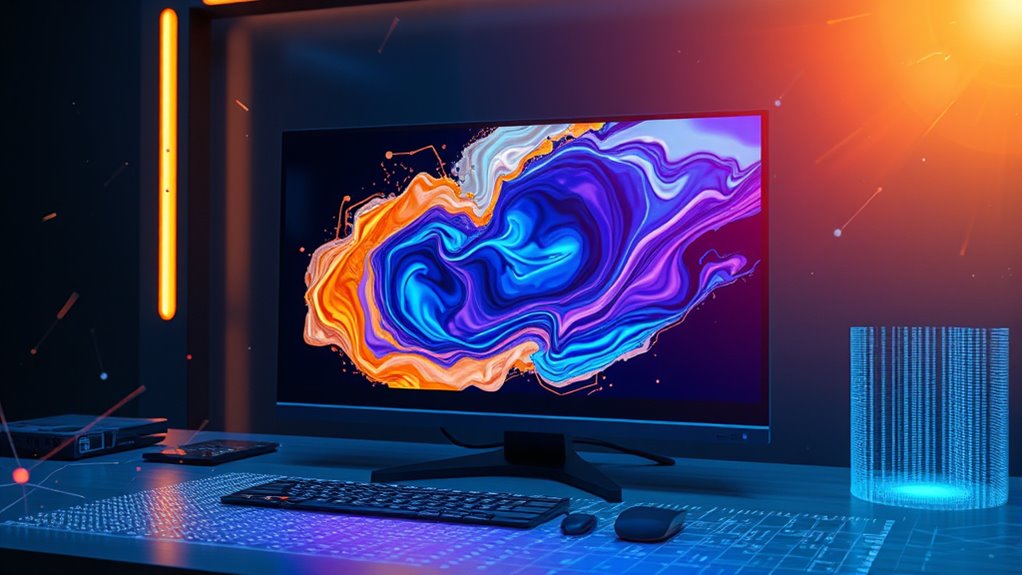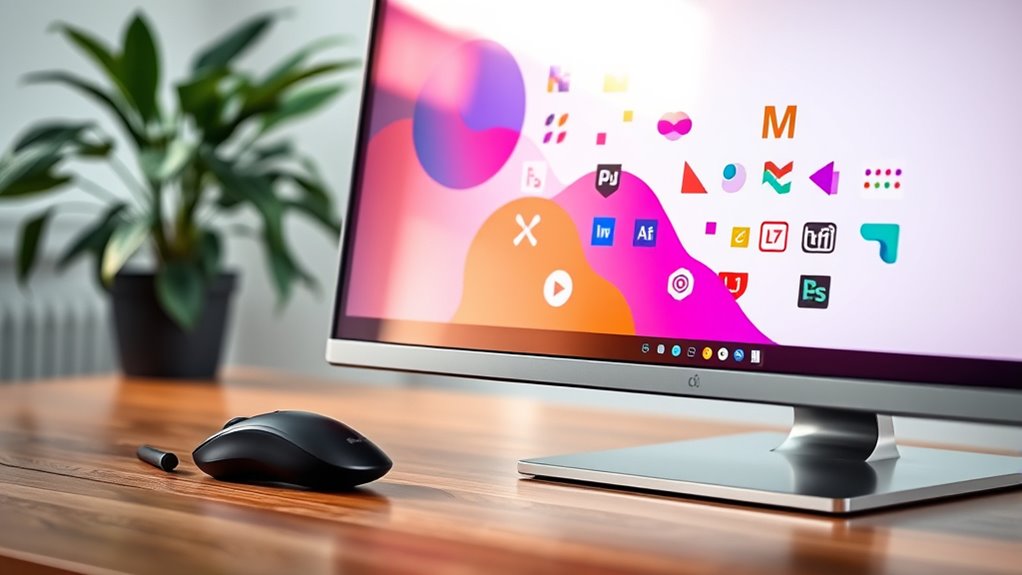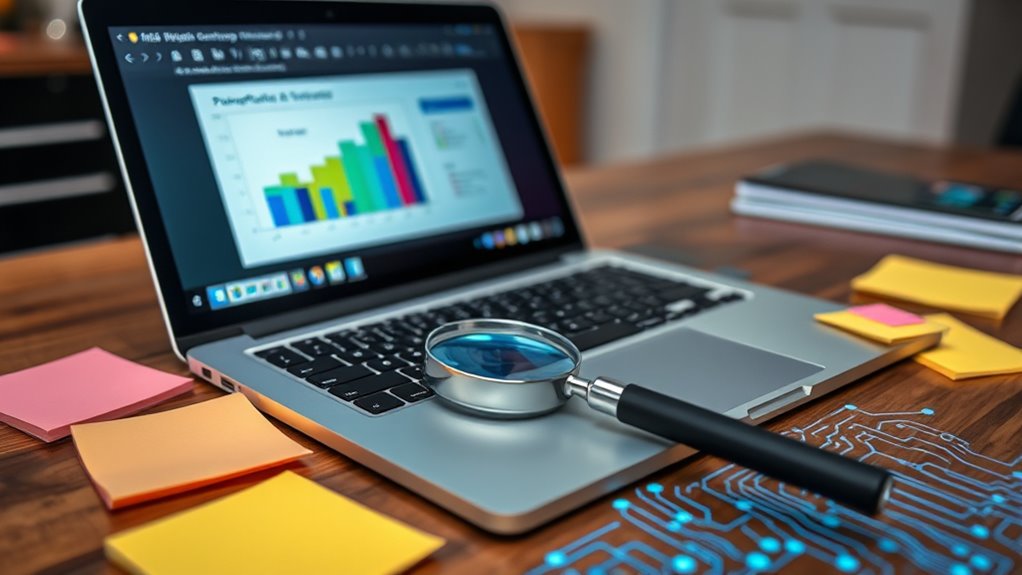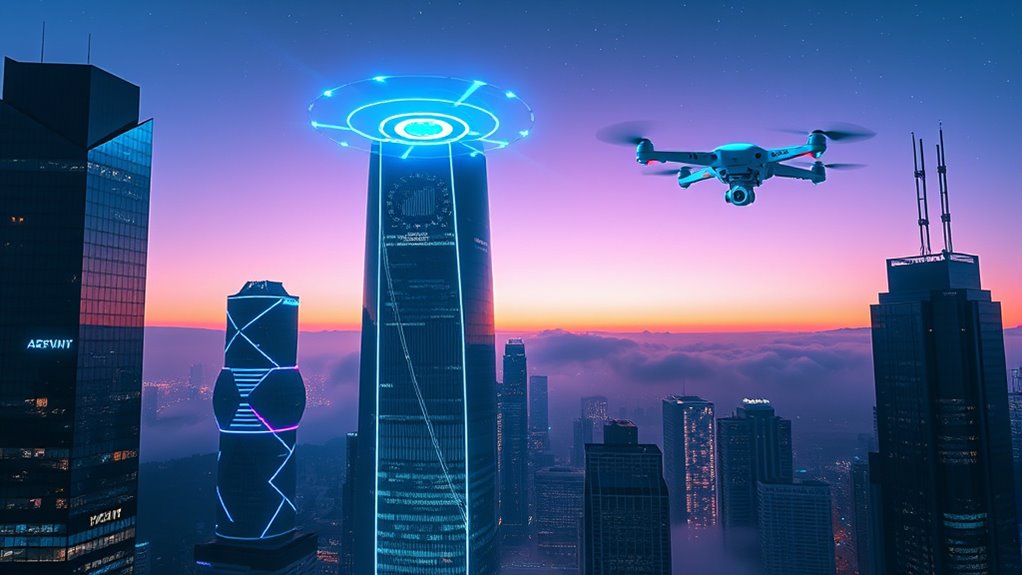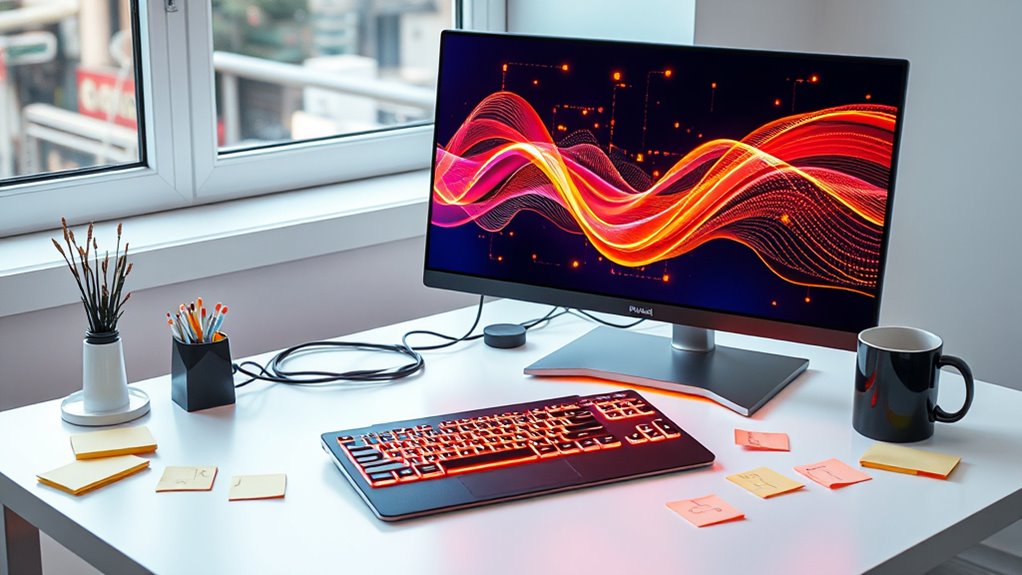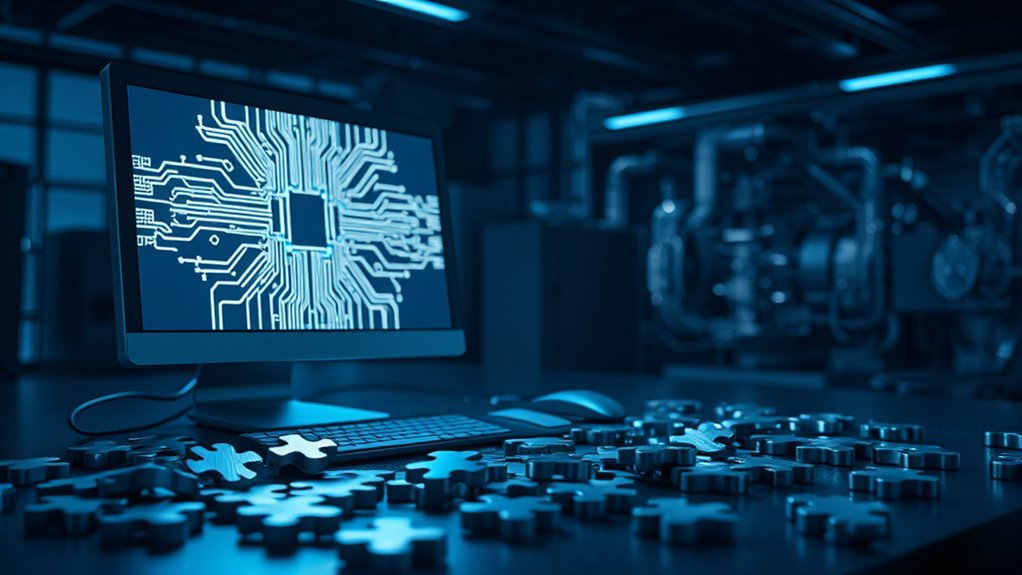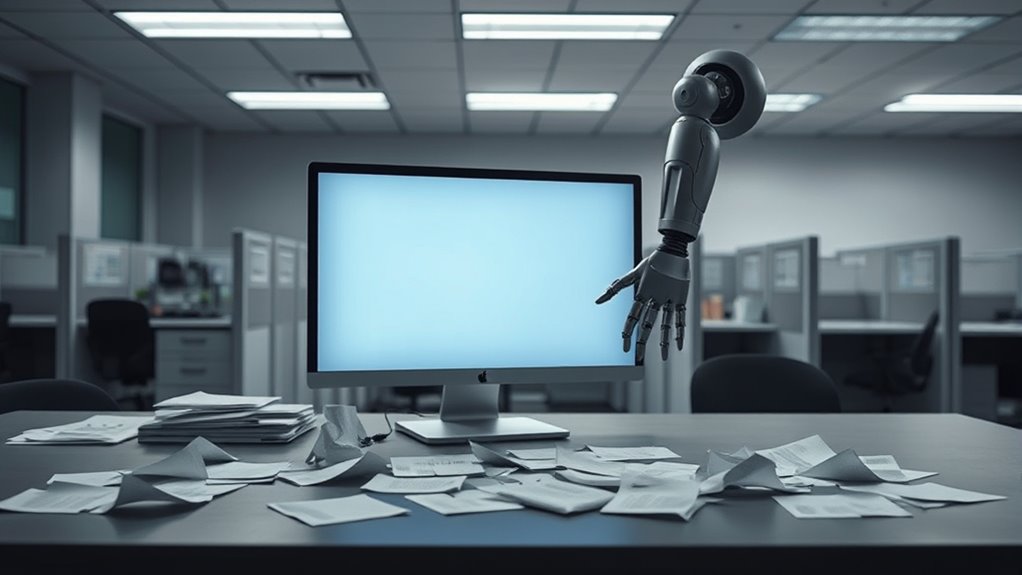Immerse yourself in the world of AI as it transforms how images are made! This technology is changing the game, creating pictures in ways that seem like magic. AI uses special models to make images that look super real or totally wild. For example, Generative Adversarial Networks, or GANs, have two parts that work together—one makes the image, and the other checks if it’s good enough.
Then there’s Variational Autoencoders, which learn how to copy the look of things to create new pictures. There are also tools like Deep Dream Generator that make dreamy, surreal art by finding patterns in images. Continuous advancements in AI are pushing the boundaries of image quality and creativity. Additionally, diffusion models, which transform data through forward and reverse processes, are becoming increasingly popular for generating highly detailed images diffusion models transform.
AI doesn’t just stop at making images—it’s got tricks to make them better. Things like giving specific details or setting a mood help the AI understand what’s needed. Some systems let users say what they don’t want in a picture, called negative prompts, to keep the results on track.
There’s also a step-by-step process called iterative refinement, where the image gets tweaked until it’s just right. Plus, style tags can copy famous art looks, making the results even cooler. It’s important to note that under current U.S. law, purely AI-generated images may not qualify for copyright protection due to the lack of human authorship.
This tech is popping up everywhere. In e-commerce, AI creates custom product visuals to grab shoppers’ attention. In gaming, it builds characters and worlds super fast. Artists and designers use it to whip up unique pieces, while advertisers make targeted ads with AI images. Content creators also rely on it to churn out digital visuals without much effort.
There are tons of tools out there for AI image-making. Canva and Photoshop have AI features for editing. Stable Diffusion gives users control with detailed prompts. Midjourney turns text into stunning pictures, and Artbreeder lets people mix and evolve artwork. Deep Dream, on the other hand, focuses on trippy, dream-like results.
But it’s not all smooth sailing. There’re big questions about who owns AI-made images and if they can be used fairly. There’s also a risk of misuse, like creating fake stuff for scams. Ethical rules are being discussed to keep things safe.
AI image creation is amazing, but it’s still a work in progress with lots to figure out.
